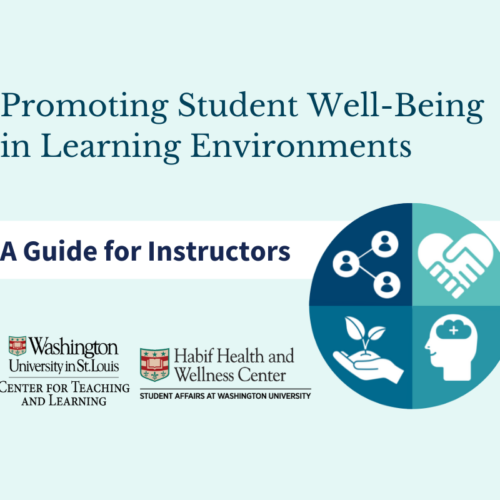First Steps in Backwards Course Design
“In order for instruction to be both meaningful and measurable, it is important that instructors begin their course/curriculum design process with outlining the course level student learning outcomes,” writes Vicki Caruana, Ph.D., associate professor of education at Mount Saint Mary College in New York, in a recent Faculty Focus article. In the story, Caruana outlines steps that faculty can take to develop courses using backwards design including developing measurable and meaningful objectives.
To create well-designed learning objectives, instructors can consider the following characteristics:
- Objectives should identify a learning outcome.
- Objectives should be consistent with course goals
- Objectives should be precise
Instructors can consult Bloom’s Revised Taxonomy Verbs to create course outcomes. A table in the article illustrates this point with the verbs, level of learning, and objective actions. For example, “remember” is the lowest level with objective actions including “list,” “recognize,” and “recall.” “Create” is the highest level of learning with objectives including “generate,” “assemble,” and “design.”
Using backwards design allows an instructor to create a more focused course that better reflects its content, Caruana writes in the story.


